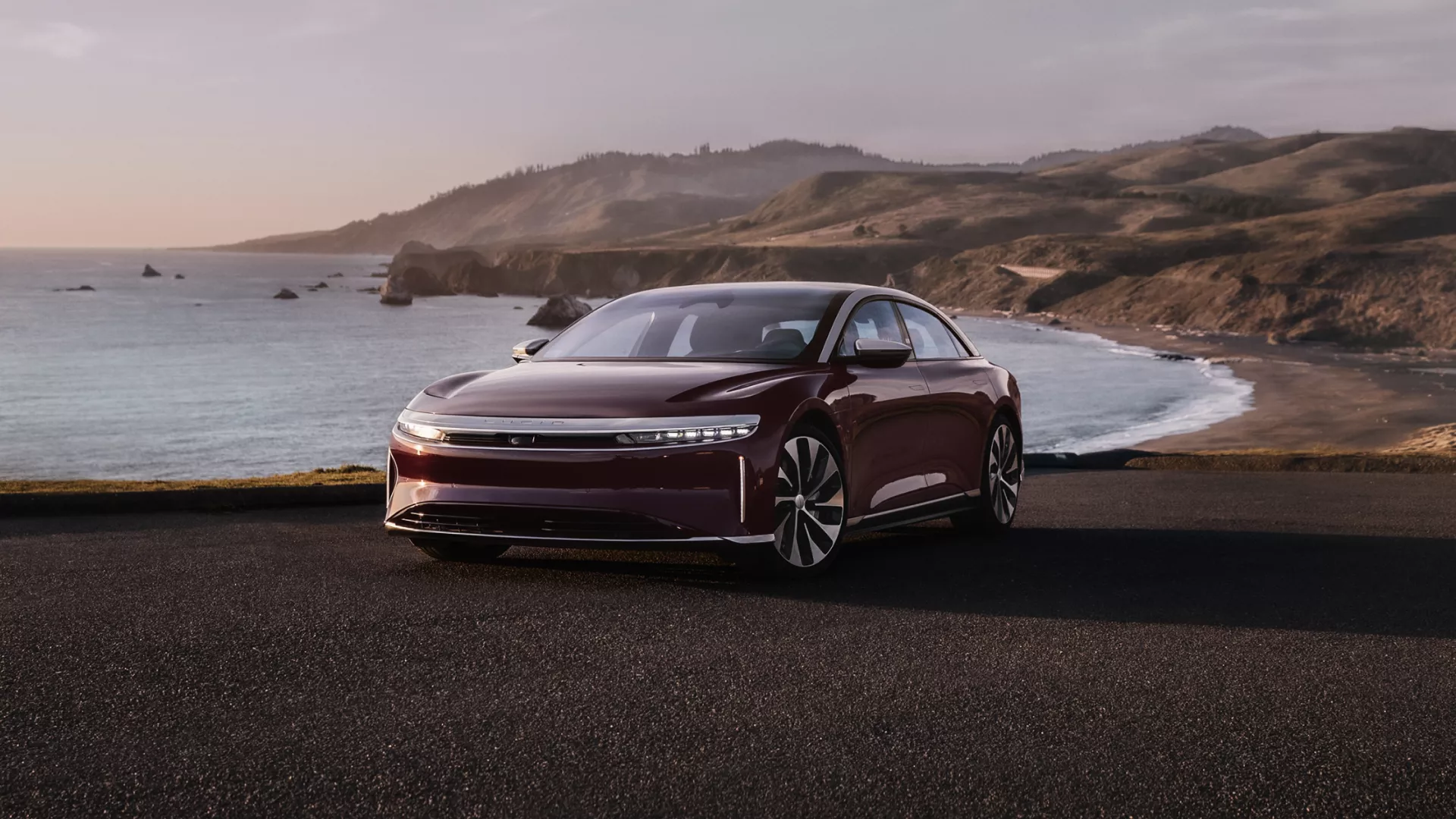This month, we celebrate Earth.
To honor Earth Month the Lucid way, let’s look at the impact of electrifying all passenger vehicles.

By
Lucid Team
April 26, 2023 in
Company


Earth Month, 2023. It’s a moment to celebrate the progress we’ve made — as individuals, organizations, and industries — toward engineering a more sustainable future, while acknowledging the road ahead of us. Because there is always more to do.
At Lucid, we support the urgent efforts to address climate change and are proud to play our role in the automotive industry’s transition to electrification. It’s a critical first step in improving our planet and driving increasingly sustainable lifestyles. This movement matters, because according to the EPA, no other sector produces more emissions than transportation1. It is the single biggest contributor of greenhouse gases like CO2 in the United States. The surge in EV adoption has never been more important.
But not all EVs are created equal. We know we can go further.

Sustainability drives us forward.
The truth is, the more energy efficient the EV, the fewer emissions produced. And, with 300 million vehicles expected to be on the road in 20502, a full transition to EVs will put a significant strain on the electrical grid.
With the average energy performance of EVs today, those 300 million vehicles would need the same power as it takes to run 113 million homes3. But what if every vehicle had the same performance as the Lucid Air — the car that achieves the best energy efficiency rating among all cars on the road today?4 Well, if that was the case, we would save more energy each year than it takes to power all of the homes in California, Oregon, and Washington state combined5.

The (sustainable) future is bright.
The automotive industry has a vital role to play in sustainability. For our part, we are committed to inspiring the adoption of sustainable transportation. As an electric vehicle company relentlessly focused on engineering and performance, our in-house technology helps enable the Lucid Air to generate more range with less energy.
And each extra mile that we extract per kWh of energy means less energy is needed from the electrical grid to get you safely to your destination, and fewer carbon emissions are produced. This same technology and innovative approach can similarly enable smaller, lower-cost battery packs that retain competitive range — which in turn will benefit the environment by requiring fewer battery cells per vehicle.
That is our mission. And we are grateful to each employee and every customer helping us make that a reality.
Happy Earth Month.
Design yours now, or search cars available for immediate delivery.

By
Lucid Team
April 26, 2023 in
Company